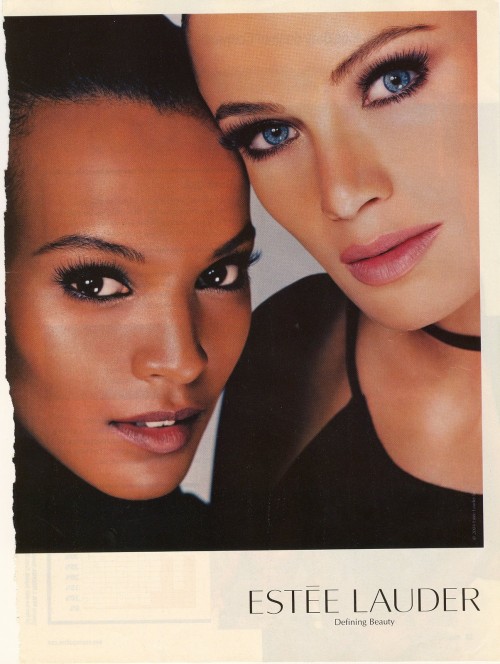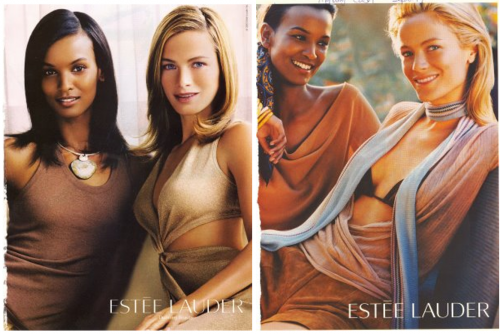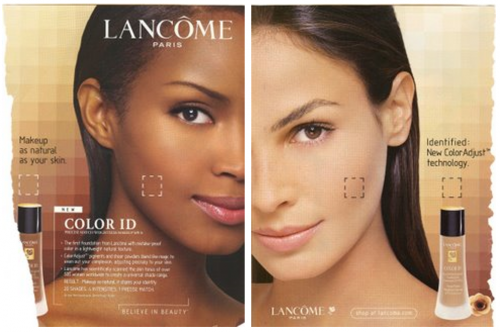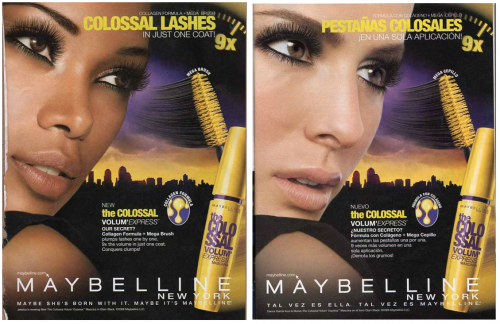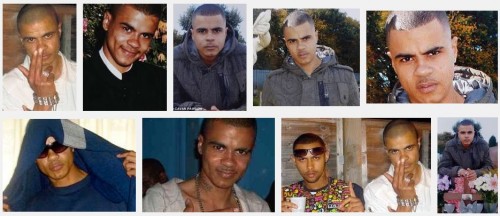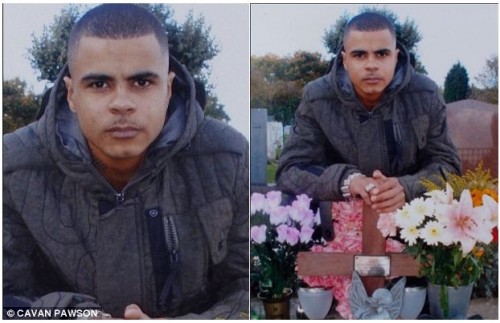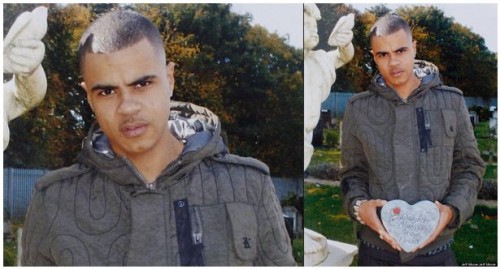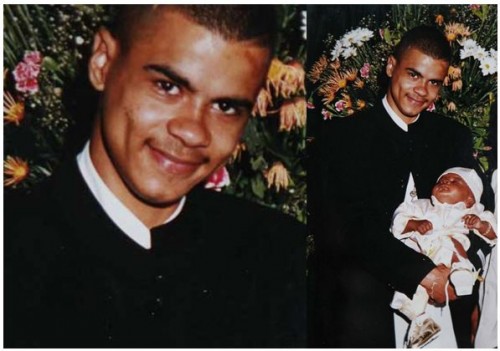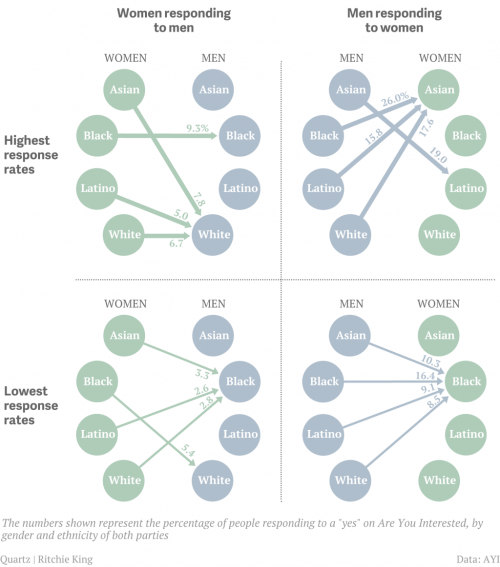While preparing a lecture on sex tourism, I ran across this video about men who have sex with female tourists in the Caribbean:
There’s a lot of interesting stuff going on there, no? I was fascinated by the female hotel owner who talks about the men “preying” on the female tourists, clearly placing the power in the hands the men who, she argues, use the female tourists for money but don’t really care about them. I tried to imagine someone talking similarly about female sex workers “preying” on foreign men’s need for affection and attention.
This might make for a great discussion about perceptions of sexual agency: how do gendered sexual norms, economic differences, and the different races and nationalities of the individuals involved affect how we think of their interactions and who we see as the victim?
In her chapter on sex tourism in Race, Ethnicity, and Sexuality), sociologist Joane Nagel discusses the role of racialized sexualities in making some groups attractive tourists looking for an ethnosexual adventure. In the Caribbean, dark-skinned men with dreads are particularly attractive to some female tourists because of stereotypes of Black men as extremely sexual and masculine, which plays into fantasies of being swept away by a strong, skilled lover. At the same time, White Western women may represent the possibility of a better life (through continued gifts of money even after the vacation is over) and sexualized adventures to the men they sleep with while on vacation. Nagel argues that these encounters generally reinforce, rather than challenge, existing racial and gender inequalities, since they play on stereotypes of sexualized Others as animalistic, primitive, and, in the case of men, as super-masculine (and super-endowed).
Then again, Nagel also questions whether any relationship between tourists and “local” men should count as sex work. The individuals involved don’t necessarily think of their interactions in those terms. And who is to decide if a particular situation is “sex tourism” as opposed to a “real” relationship? How does that assumption invalidate the possibility that Black men and White women might have real, meaningful relationships? Or primarily sexual relationships, but with both partners respecting the other?
Originally posted in 2009.
Gwen Sharp is an associate professor of sociology at Nevada State College. You can follow her on Twitter at @gwensharpnv.

